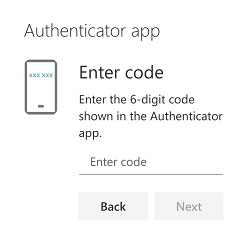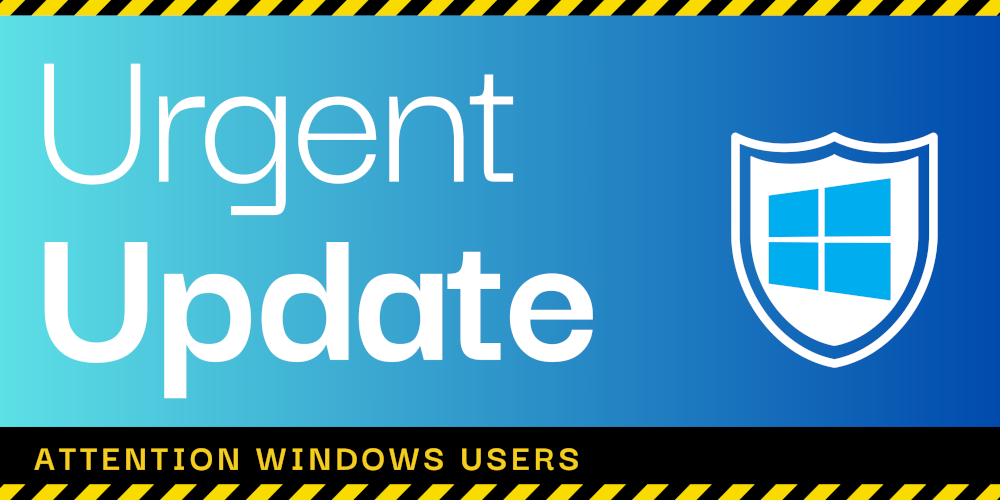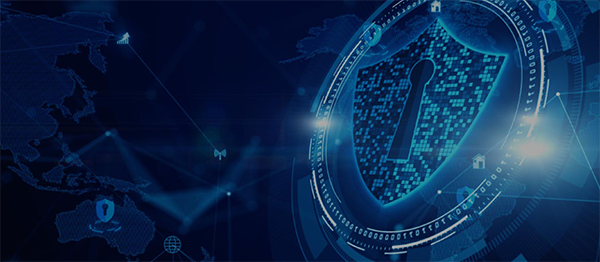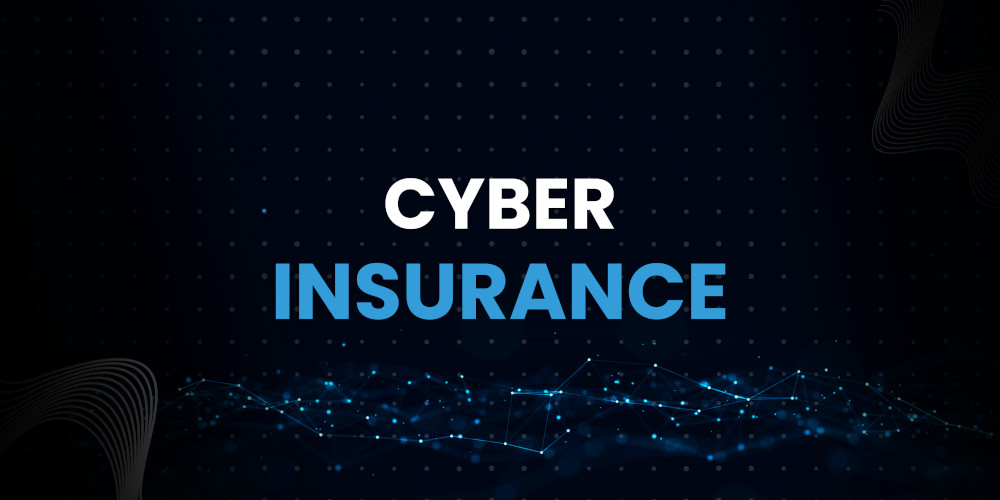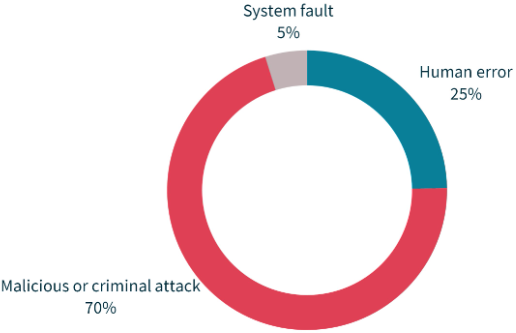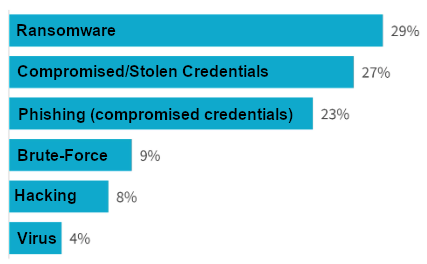
by Renee Bean | Sep 25, 2023 | Business Management, Cybersecurity, Services
In today’s interconnected world, where businesses rely heavily on digital technology, the importance of cybersecurity cannot be overstated. Cyberattacks are on the rise, and businesses of all sizes are potential targets. As a business owner, protecting your digital assets is paramount, and one essential tool in your cybersecurity arsenal is the cybersecurity audit. In this article, we’ll demystify cybersecurity audits, explain why they’re crucial, and offer practical insights for non-technical business owners.
What Is a Cybersecurity Audit?
A cybersecurity audit is like a health checkup for your business’s digital infrastructure. It’s a systematic assessment of your IT systems, networks, and processes to identify vulnerabilities, assess risks, and ensure that security measures are in place and effective. Think of it as a preventive measure to safeguard your business against cyber threats.
Why Are Cybersecurity Audits Important for Your Business?
Identifying Vulnerabilities
Audits uncover weaknesses in your digital defences, such as outdated software, misconfigured settings, or inadequate access controls.
Risk Assessment
Audits uncover weaknesses in your digital defences, such as outdated software, misconfigured settings, or inadequate access controls.
Regulatory Compliance
Many industries have specific cybersecurity requirements. Audits ensure you comply with relevant regulations, preventing costly fines.
Data Protection
If your business stores customer data, an audit ensures it’s handled securely, reducing the risk of data breaches.
Business Continuity
Audits help you create robust disaster recovery plans, ensuring your business can continue operating even after a cyber incident.
Our Latest Cybersecurity Resources
The Cybersecurity Audit Process
Now, let’s break down the cybersecurity audit process into simple steps:
Define Objectives
Start by setting clear goals for the audit. What are you trying to achieve? Identify critical assets, like customer data or financial records, that need protection.
Select an Auditor
Choose a reputable cybersecurity firm or expert to conduct the audit. They should have experience in your industry and understand your specific needs.
Assessment
The auditor will examine your IT systems, networks, and policies. This includes checking for software updates, firewall configurations, and user access controls.
Identify Vulnerabilities
The auditor will uncover vulnerabilities or weaknesses in your digital infrastructure. They’ll prioritise these vulnerabilities based on the potential risks they pose.
Risk Assessment
Assess the potential impact of these vulnerabilities on your business. This step helps you understand which risks require immediate attention.
Recommendations
The auditor will provide recommendations for improving your cybersecurity posture. These may include software updates, stronger passwords, or employee training.
Implementation
Act on the recommendations to address vulnerabilities and improve security. This might involve software updates, policy changes, or security awareness training for your staff.
Ongoing Monitoring
Cyber threats evolve, so regular audits are essential. Consider scheduling annual audits to stay ahead of emerging risks.
Benefits of a Cybersecurity Audit for Business Owners
Peace of Mind
Knowing your digital assets are secure provides peace of mind, allowing you to focus on growing your business.
Cost Savings
Detecting and addressing vulnerabilities early can prevent costly data breaches or downtime.
Compliance
Audits help you stay compliant with industry regulations, avoiding potential legal issues.
Customer Trust
Demonstrating a commitment to cybersecurity builds trust with customers, enhancing your reputation.
Business Resilience
Being prepared for cyber incidents ensures your business can recover quickly, minimising disruption.
With cybercrime on the rise, cybersecurity audits are not just for tech experts; they’re a vital tool for all business owners. They help you identify vulnerabilities, assess risks, and take proactive steps to protect your business from cyber threats.
Remember, cybersecurity is an ongoing effort. Regular audits and continuous improvements are key to staying one step ahead of cybercriminals. By investing in cybersecurity audits, you’re not just protecting your business; you’re securing its future in the digital age.
Ready to Secure Your Business with a Cybersecurity Audit?
At KeyTech, we understand the importance of safeguarding your business in today’s digital landscape. Our team of experts specialises in cybersecurity audits tailored to your unique needs. With years of industry experience, we can help you identify vulnerabilities, assess risks, and implement robust security measures to protect your digital assets.
Why Choose KeyTech for Your Cybersecurity Audit:
Expertise
Our team comprises of professionals who have a deep understanding of cybersecurity across various industries.
Tailored Solutions
We customise our audits to align with your business objectives and industry-specific requirements.
Comprehensive Assessment
KeyTech’s audits cover all aspects of your digital infrastructure, ensuring no stone is left unturned.
Actionable Recommendations
We provide clear, practical recommendations to enhance your cybersecurity posture.
Interested in learning more about protecting your business from social media risks?
Explore our comprehensive guide on ‘Top 6 Social Media Risks Threatening Your Business Success‘ to gain valuable insights and strategies for safeguarding your online presence. Together, let’s fortify your business against digital threats in the ever-evolving cyber landscape.
Ongoing Support
Our commitment doesn’t end with the audit. We offer continuous support to keep your defences strong.
Don’t leave your business vulnerable to cyber threats. Contact KeyTech today to schedule a cybersecurity audit and fortify your digital fortress.


